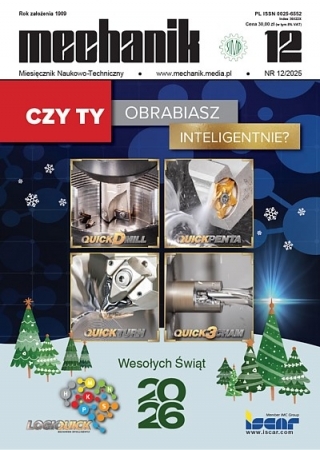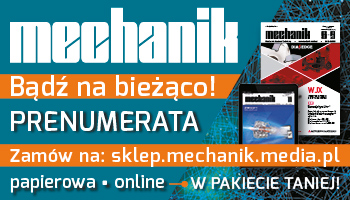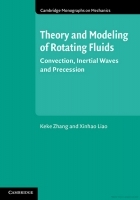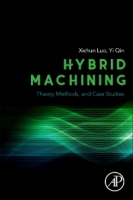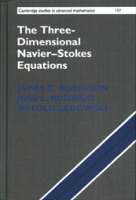Metody szacowania minimalnej grubości warstwy skrawanej podczas obróbki narzędziami o zdefiniowanej geometrii *
Methods of minimum uncut chip thickness estimation during cutting with defined geometry tools
Author: Szymon Wojciechowski
Mechanik nr 08/09/2018 - Narzędzia
STRESZCZENIE: Dokonano przeglądu metod szacowania minimalnej grubości warstwy skrawanej podczas obróbki narzędziami o zdefiniowanej geometrii. Wprowadzono podział metod na: doświadczalne, analityczne i numeryczne. Wykazano, że stosowane metody dotyczą głównie procesu toczenia ortogonalnego, niewiele jest natomiast prac dotyczących narzędzi o zaokrąglonym ostrzu.
SŁOWA KLUCZOWE: skrawanie, minimalna grubość warstwy skrawanej, narzędzia o zdefiniowanej geometrii
ABSTRACT: Methods of minimum uncut chip thickness estimation during cutting with defined geometry tools were presented. Approaches were divided into experimental, analytical, and numerical. It has been presented that applied methods concern mainly orthogonal turning, however only a few consider tools with rounded cutting edges.
KEYWORDS: cutting, minimum uncut chip thickness, tools with defined geometry
BIBLIOGRAFIA / BIBLIOGRAPHY:
- Kawalec M. „Fizyczne i technologiczne zagadnienia przy obróbce z małymi grubościami warstwy skrawanej”. Rozprawa Nr 106. Wydawnictwo Politechniki Poznańskiej (1980).
- Liu X., DeVor R.E., Kapoor S.G. “An analytical model for the prediction of minimum chip thickness in micromachining”. Transactions of the ASME 128 (2006): s. 474–481.
- Jaspers S.P.F.C., Dautzenberg J.H. “Material behavior in conditions similar to metal cutting: Flow stress in the primary shear zone”. J. Mater. Process. Technol. 122 (2002): s. 322–330.
- Liu X., Jun M.B.G., DeVor R.E., Kapoor S.G. “Cutting Mechanisms and Their Influence on Dynamic Forces, Vibrations and Stability in Micro-Endmilling”. Anaheim, Stany Zjednoczone: American Society of Mechanical Engineers (2004).
- Storch B., Zawada-Tomkiewicz A. “Distribution of unit forces on the tool edge rounding in the case of finishing turning”. Int J Adv Manuf Technol. 60 (2012): s. 453–461.
- Bammann D.J., Johnson G.C. “On the kinematics of finite-deformation plasticity”. Acta Mech. 70 (1987): s. 1–13.
- Moriwaki T., Sugimura N., Luan S. “Combined stress material flow and heat analysis of orthogonal micromachining of copper”. Annals of CIRP. 42 (1993): s. 75–78.
- Lai X.M., Li H.T., Li C.F., Lin Z.Q., Ni J. “Modeling and analysis of micro scale milling considering size effect, micro cutter edge radius and minimum chip thickness”. International Journal of Machine Tools & Manufacture. 48 (2008): s. 1–14.
- Oluwajobi A. “Molecular Dynamics Simulation of Nanoscale Machining, Molecular Dynamics – Studies of Synthetic and Biological Macromolecules”. Prof. Lichang Wang (Ed.), ISBN: 978-953-51-0444-5. InTech (2012).
- Xiao G, To S., Zhang G. “Molecular dynamics modeling of brittle–ductile cutting mode transition: Case study on silicon carbide”. International Journal of Machine Tools & Manufacture. 88 (2015): s. 214–222.
- De Oliveira F.B., Rodrigues A.S., Coelho R.T., de Souza A.F. “Size effect and minimum chip thickness in micromilling”. International Journal of Machine Tools & Manufacture. 89 (2015): s. 39–54.
DOI: https://doi.org/10.17814/mechanik.2018.8-9.104
* Artykuł recenzowany



